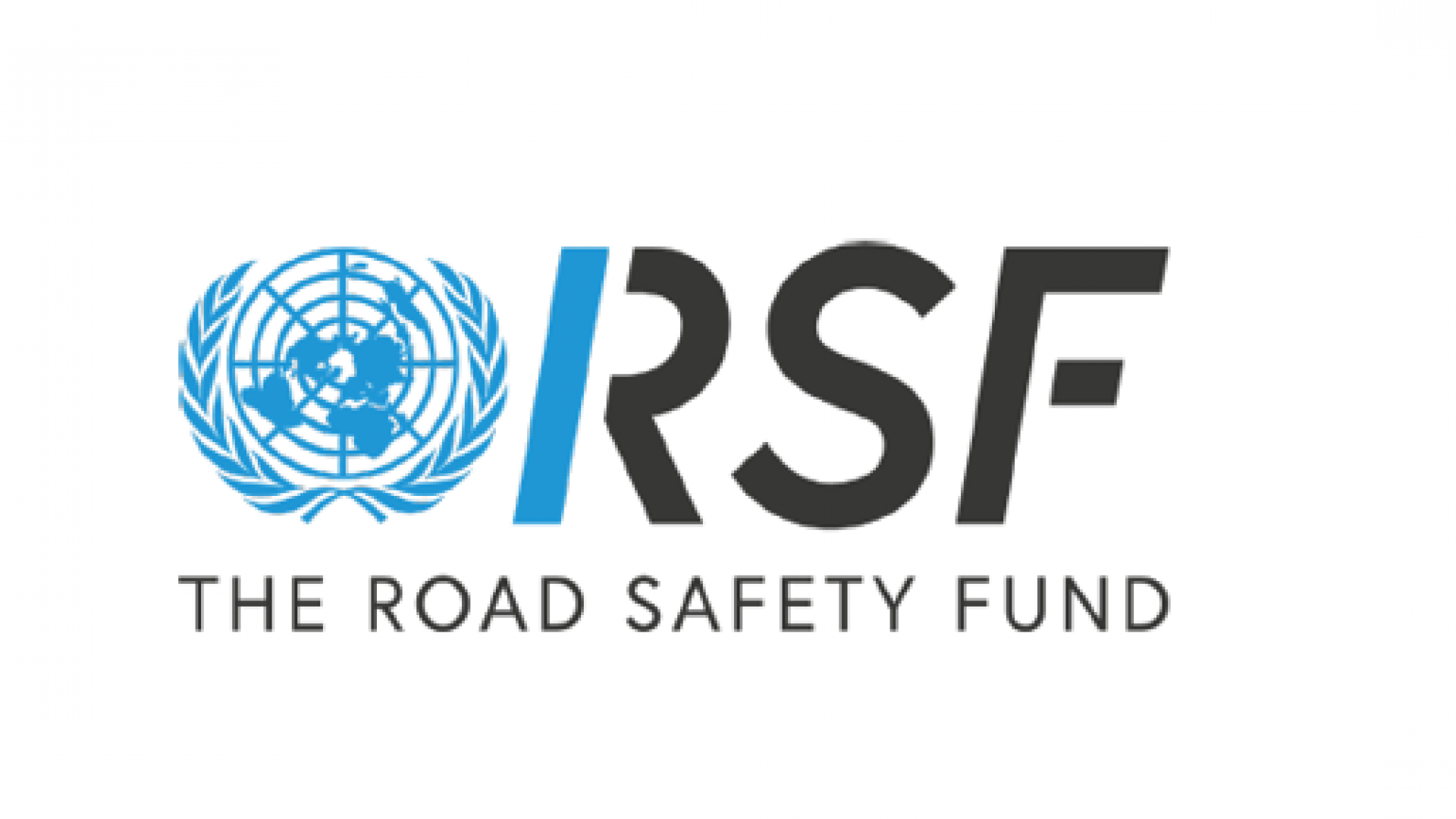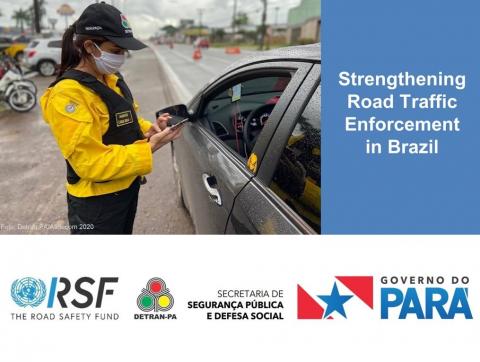Nota informativa
The national road traffic enforcement rules are established in the 1997 Brazilian Traffic Code and in the regulations of the National Traffic Council (CONTRAN). The National Road Safety Plan 2019-2028 contain the necessary mechanisms for effective compliance with the obligations and targets of the National Traffic System bodies. This project aims to contribute to decreasing road traffic deaths and injuries by means of technical assistance to support and to strengthen ongoing road traffic enforcement activities and enhancing the capacity of traffic officers at the state level to implement coherence enforcement controls.
To achieve this goal, the focus of the project will be on the improvement of the operational capacity of traffic enforcement in the State of Pará, increasing the efficiency and confidence level of the traffic officers, reviewing and updating their operational practices by means of specific training sessions based on the main risk factors and focused on the activities established in the National Road Safety Plan 2019-2028.
The project strategies are as follows:
a) meeting of the State Traffic Council (CETRAN-PA) to present, discuss and approve the implementation plan of the project. CETRAN-PA is the highest coordinator body of the National Traffic System in the State and all initiatives involving projects such as this must be submitted to the Council.
b) hold a training of trainers (multipliers) workshop with selected traffic officers, considering the international best practices, UN recommendations and instruments and main worries of civil society, academy and other relevant local stakeholders.
c) hold training sessions in selected cities, focused on improving and increasing the knowledge of traffic officers related to: c.1) use of helmets for motorcyclists; c.2) speed management; c.3) driving under the influence of alcohol and drugs; c.4) prohibited overtaking on single lanes; c.5) powered two wheelers vehicles; c.6) use of seat belt; c.7) others mandatory equipment and road traffic rules; c.8) use of child restraints; c.9) use of mobile phones while driving, and; c.10) driving time and resting periods for professional drivers, using international and regional training elements, adapting them to local situation and normative.
d) develop a state protocol on road traffic coherence enforcement operations with participation of local stakeholders and good practices.
e) develop a workshop to present the main results.
Expected outputs:
a) 10 training sessions held in 5 selected cities; b) 320 traffic officers trained; c) 20 traffic officers of DETRAN-PA trained as trainers (multipliers).
Expected outcomes:
a) correction and improvement of approach practices in road traffic enforcement; b) implementation of new coherence enforcement and traffic operation procedures; c) increased confidence in practicing the enforcement of traffic laws; d) development of a protocol guide for road traffic enforcement operations.
Population main target groups:
Traffic officers of DETRAN-PA, Military Police and Municipal Traffic Agencies
Implementation plan:
- Activity 1: Meeting of the State Traffic Council (CETRAN-PA)
- Participants: Project partners, CETRAN-PA Members and Advisory Committee
- Time frame: August 2020
- Activity 2: Hold a training of trainers (multipliers) workshop with selected traffic officers
- Participants: Traffic officers of DETRAN-PA and Municipal Traffic Agencies
- Time frame: November 2020
- Activity 3: Hold training sessions in selected cities
- Participants: Traffic officers of DETRAN-PA, Military Police and Municipal Traffic Officers.
- Time frame: January to March 2021.
- Activity 4: Develop a state protocol on road traffic enforcement operations
- Participants: Advisory Committee
- Time frame: July 2021
- Activity 5: Workshop with public, private and civil society stakeholders to present the results
- Participants: Advisory Committee and Social Communication Advisory
- Time frame: August 2021

